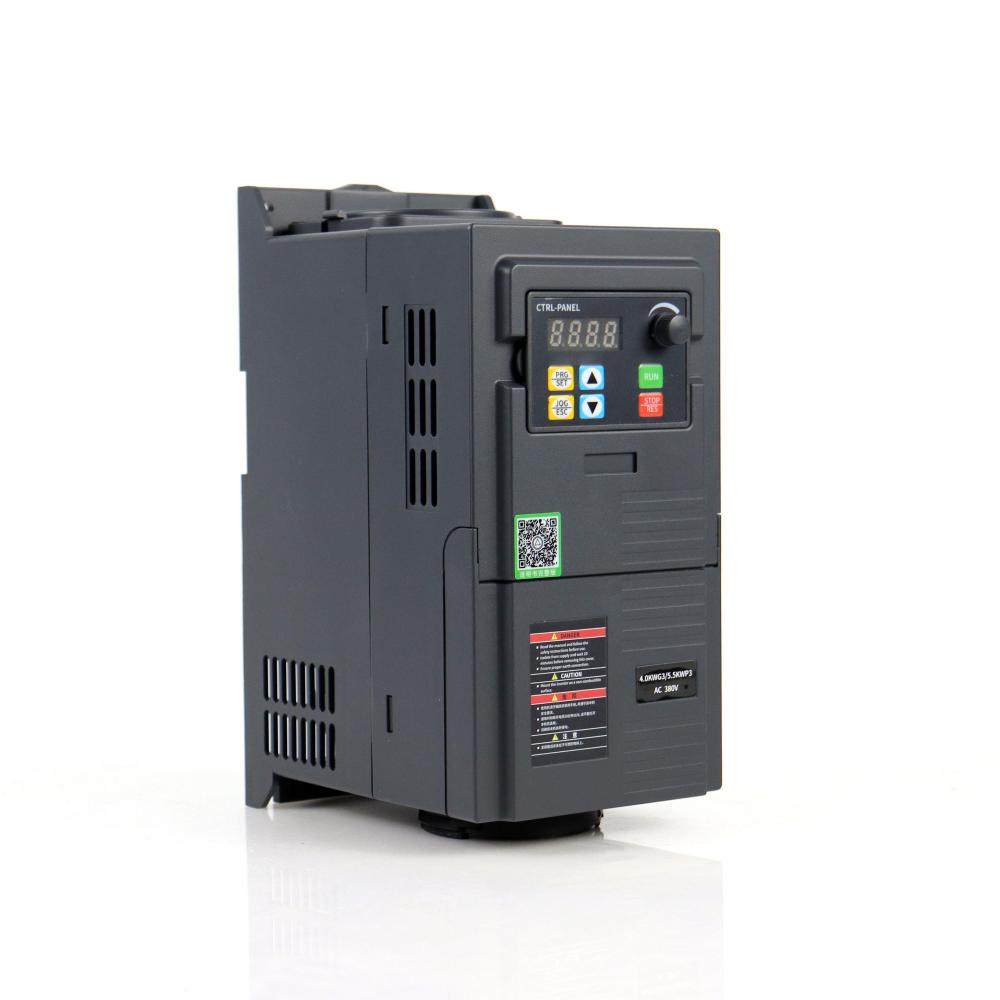LED lenses are generally silicone lenses, because silicone is resistant to high temperatures (and can also be reflowed), so it is usually packaged directly on the LED chip . Generally, silicone lenses are small in size and have a diameter of 3-10 mm. And the LED lens is generally closely associated with the LED, which helps to improve the light extraction efficiency of the LED, and the optical system that the lens changes the light field distribution of the LED.
PMMA is also called Acrylic or Acrylic. It is the English name of English acrylic. The translation is actually plexiglass. The chemical name is polymethyl methacrylate. Hong Kong people are called Ajiali. It is an important thermoplastic developed earlier. It has good transparency, chemical stability and weather resistance. It is easy to dye, easy to process and has a beautiful appearance. It has a wide range of applications in the construction industry. . Mostly used for high-power LED lenses, LED translucent panels, etc. Plexiglass products are generally classified into cast sheets, extruded sheets, and molding compounds.
Acrylic (ACRYLIC), a common name for special treatment of plexiglass. The research and development of Acrylic (Acrylic) has a history of more than 100 years.
Physical properties
Highly transparent amorphous thermoplastic polymer with a relative density (30 °C / 4 °C) of 1.188-1.22. Highly bright, light transmittance of 90%-92%, higher than inorganic glass, and can reach 73.5% through ultraviolet light. The refractive index is 1.49. High mechanical strength, good toughness, tensile strength 60-75MPa, impact strength 12-13kJ/m, 8-10 times higher than inorganic glass. Stretchable orientation, 1.5 times higher impact strength. Has excellent UV resistance and atmospheric aging. The glass transition temperature is 80-100 °C, and the decomposition temperature is >200 °C. The use temperature is -40 to 80 °C. Alkali resistant, dilute acid resistant, water soluble inorganic salts, alkanes and oils. Soluble in dichloroethane, chloroform, acetone, glacial acetic acid, dioxane, tetrahydrofuran, ethyl acetate, etc., insoluble in ethanol, ether, petroleum ether and so on. Good electrical insulation.
PMMA has the advantages of light weight, low cost and easy molding.
Discrimination method
1. Feel: The high-quality acrylic material feels round and smooth, without sweat and fingerprints.
2. Thickness: Thickness is the hard standard for acrylic load-bearing range, and 8 to 12 cm is a common thickness.
3. Uniformity: Whether the color is uniform or not is also one of the criteria for judging whether the acrylic is good or bad.
A single-phase VFD, also known as a variable frequency drive, is a specialized electronic device used for precise control and regulation of single-phase motors. Unlike three-phase motors that are commonly used in industrial applications, single-phase motors are predominantly found in residential and small-scale applications.
The primary function of a single-phase VFD is to control the frequency and voltage supplied to the single-phase motor, thereby enabling accurate regulation of motor speed. By adjusting the frequency and voltage output, the VFD allows for smooth and precise control over the motor's rotational speed. This feature is particularly useful in applications where speed control is required, such as in residential HVAC systems, small-scale machinery, and household appliances.
Energy efficiency is a significant advantage offered by single-phase VFDs. By adjusting the motor speed to match the load requirements, the VFD reduces energy wastage and improves overall energy efficiency. When the motor operates at a lower speed during periods of low demand, energy consumption is significantly reduced, resulting in energy savings and lower operating costs.
Motor protection is another important aspect addressed by single-phase VFDs. They incorporate various protective features, including overload protection, short circuit detection, and thermal protection, which help safeguard the motor against damage due to excessive current, voltage fluctuations, or overheating. This ensures reliable motor operation, prolongs the motor's lifespan, and reduces the risk of unexpected failures.
Harmonic filtering is also a critical consideration in single-phase VFD applications. When single-phase VFDs operate, they can introduce harmonics into the power supply, which may cause issues such as voltage distortions and interference with other electrical equipment. To mitigate these problems, single-phase VFDs often incorporate harmonic filtering techniques to suppress harmonics and ensure a clean and stable power supply, maintaining power quality and preventing damage to connected equipment.
Control algorithms play a significant role in single-phase VFD operation. These algorithms allow for precise control and adjustment of motor speed, ensuring smooth acceleration, deceleration, and accurate speed regulation. Advanced control algorithms enable efficient motor operation and enhance overall system performance.
In summary, single-phase VFDs provide precise control and regulation of single-phase motors in residential and small-scale applications. With their energy efficiency, motor protection features, harmonic filtering capabilities, and advanced control algorithms, single-phase VFDs enhance motor performance, reduce energy consumption, and ensure reliable operation in various residential and small-scale applications.

Three Phase Vfd,Ac Single Phase Gasoline Generator,220V Vfd,Ac Inverter
WuXi Spread Electrical Co.,LTD , https://www.vfdspread.com
